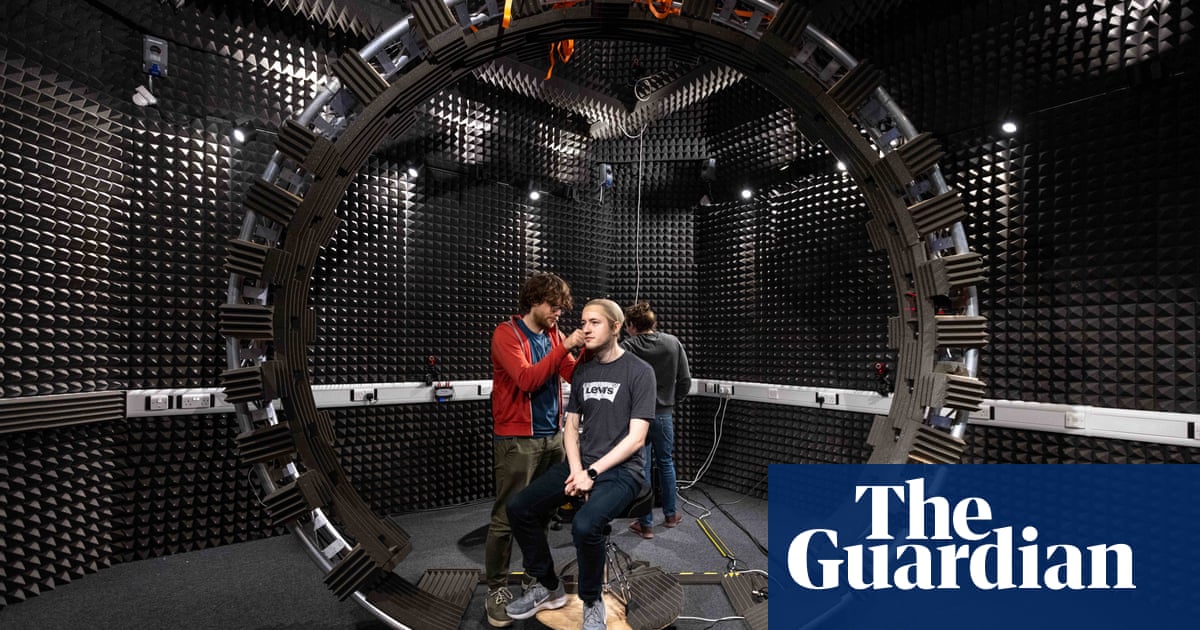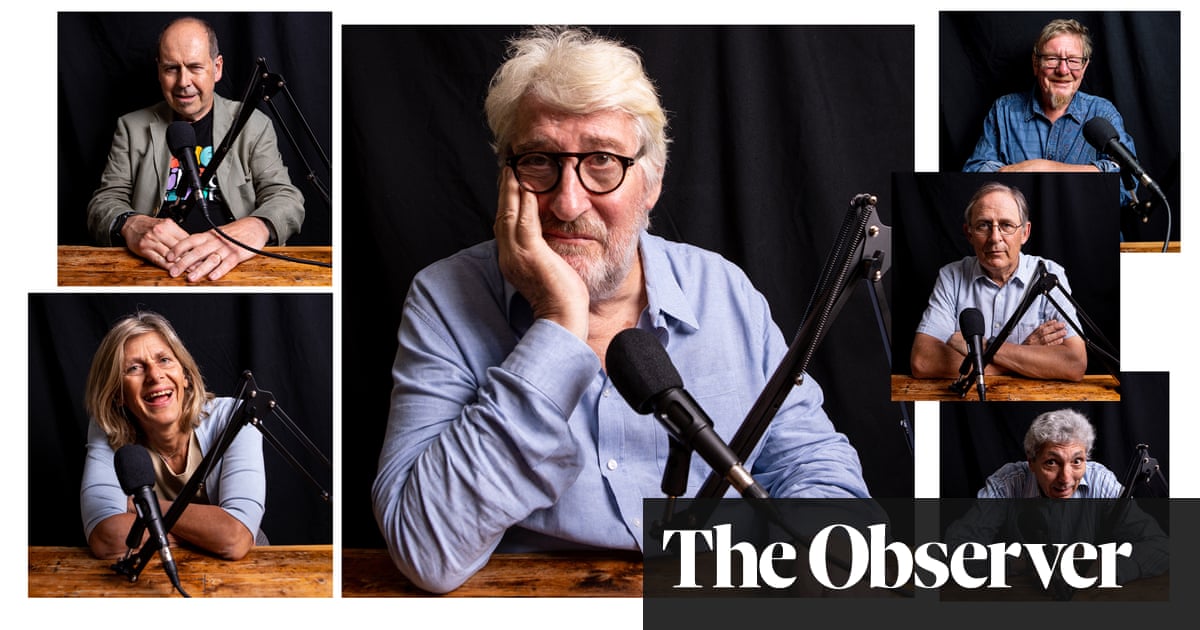
From curious models of fossils to an artificial throat able to recreate the sounds of vowels, an exhibition at the Royal Society 100 years ago had no shortage of unusual displays.
Now visitors to this year’s Summer Science Exhibition can revisit this cutting-edge science of 1923 and compare it with that of today’s pioneering research.
Opening on Tuesday, the display will showcase a host of objects relating to exhibits presented at the 1923 Royal Society conversazione.
Among the historical items are photographs of cotton balls and water mites taken using a microscope, and an article identifying the skull of Panoplosaurus – an armoured dinosaur thought to have lived about 76m years ago.
Some of the advances showcased in 1923 remain remarkable, including a high-speed camera that could take 5,000 frames per second. The device, for which schematics from its US patent will be on show in the new display, was demonstrated by Walter Heape and his assistant, Horace Bere Grylls.
“[Heape] developed this for embryology to look at the development of embryos, but the main application is for ballistics and just looking at fast missiles and guns exploding,” said Dr Louisiane Ferlier, curator of the exhibition.
The display will also include a microscope from the John Innes Centre that was used in the 1920s – a nod to an exhibit in the 1923 exhibition by the mycologist Dorothy Cayley – and microscope slides of tissues taken from goats that were used in experiments to investigate the impact of decompression on the body during deep-sea diving.
The 1923 exhibition also contained Edward Jenner’s certificate of election to the Royal Society, to mark the centenary of his death. While best known for his work on the world’s first successful vaccine, which protected against smallpox, he was also a noted zoologist.
“He’s elected [to the fellowship of the Royal Society] for something completely different than vaccination. He is elected for his natural history work on birds, migrating birds, and cuckoos in particular,” said Ferlier, who said the display would include the original paper that got him elected.
Not every advance has stood the test of time. One exhibit in 1923, which was 2 metres tall, was presented by Arthur Smith Woodward – the palaeontologist who proposed that the remains that became known as the Piltdown Man were from a 500,000-year-old human ancestor (they were later found to be fake).
The huge, spiral object he put forward – images of which are in the new display – was described as being a model of the fossil of the world’s largest snail – the original having been found in pieces in Sussex. It wasn’t long, however, before the theory bit the dust.
“It’s not actually the fossil of a snail,” said Ferlier. “The first theory that is brought forward just a couple of years after 1923 is that it’s a coprolite – so dinosaur faeces basically.” More recently, researchers have proposed it could be a fossilised burrow-hole, while the latest work, said Ferlier, suggests it could be a naturally occurring geological structure.
But the prehistoric, it seems, has an enduring appeal.
Among those showcasing contemporary research in this year’s exhibition is the palaeontologist Prof Danielle Schreve of Royal Holloway, who will be displaying material from an excavation of a previously unexplored cave site in Somerset.
“It is a fantastic archive of information that tells us about how in particular animals responded to very abrupt and rapid climate change,” she said. “At the moment we are digging in a spotted hyena den from about 45,000 years ago, and as well as bits of hyena, we’re finding the things that they bring in as prey. So things like baby woolly rhinos.”
Other contemporary research on show includes robotic tools to help surgeons carry out operations on minute structures within the body, and virtual reality games to help young people with cochlear implants in both ears determine the direction of a sound source.
But amid the blend of old and new research Keith Moore, librarian at the Royal Society, noted some exhibits from a century ago had remained in the archives.
“In 1923 one of the exhibits was beetles showing transplanted heads, which quite frankly, wouldn’t go down well with modern sensibilities,” he said.












